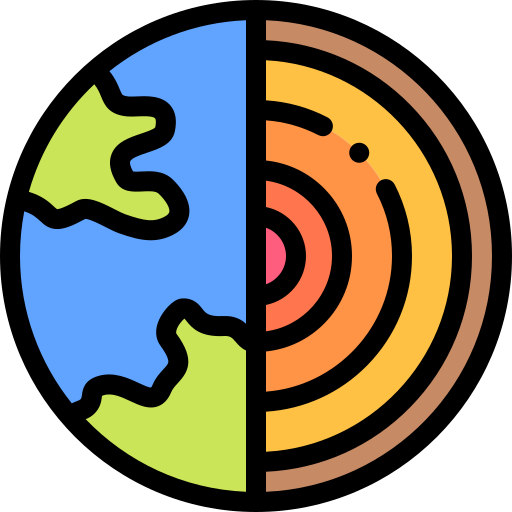

https://en.wikipedia.org/wiki/Tizen
Remember LiMo, which became Tizen? What about MeeGo?


https://en.wikipedia.org/wiki/Tizen
Remember LiMo, which became Tizen? What about MeeGo?


That’s an adoption problem. The manufacturers don’t care for it, they have no reason to.


We’ve been ‘setting up the ground work’ for Linux on Desktop and Phones for decades. It’s not the groundwork that’s the issue, it’s adoption.


From https://www.beyondmeat.com/en-US/products/beyond-beef/ground
| Amount | %Daily Value* | |
|---|---|---|
| Total Fat | 14g | 18% |
| Saturated Fat | 2g | 10% |
| Trans Fat | 0g | |
| Polyunsaturated Fat | 2.5g | |
| Monounsaturated Fat | 8g | |
| Cholesterol | 0mg | 0% |
| Sodium | 310mg | 14% |
| Total Carbohydrate | 8g | 3% |
| Dietary Fiber | 2g | 7% |
| Total Sugars | 0g | |
| Added Sugars | 0g | |
| Protein | 21g | 34% |
| Vitamin D | 0mcg | 0% |
| Calcium | 120mg | 8% |
| Iron | 4mg | 20% |
| Potassium | 370mg | 8% |
Nothing alike, I’m afraid.
Yes. I’m syncing between Librewolf and Ironfox.


I don’t know why you’re being downvoted for stating a fact, because Pixel hasn’t had competitive hardware for several iterations now.


Nobody has any time for that, clean up your own mess.


They are, at the very least, likely to be endocrine disrupters in humans: https://pmc.ncbi.nlm.nih.gov/articles/PMC7926449/
The exposure to PFASs is known to cause liver toxicity, reproductive disorders, neurotoxicity and immunotoxicity (Table 2). Harmful health effects observed as a result of PFASs exposure could be highly associated with disturbance of hormone homeostasis. It has been reported that PFASs could interfere with molecular components of the endocrine system and modulate synthesis or secretions of selected hormones [27,28,29]. PFOA and PFOS act as endocrine disruptors mainly via effect on distribution of sex hormones, through mechanisms related to estrogen receptor activation and transcription of selected genes [29,30,31]. An in vivo and in vitro study conducted on animals have shown negative impact of two short-chain PFASs, i.e., PFBS and PFHxS on reproduction through the hypothalamus–pituitary–gonad axis [32], mainly due to deregulation of thyroid function [33,34,35,36]. Epidemiologic evidence of endocrine-disrupting activity of short-chain PFASs is limited and, similar to study on long-chain PFASs, in many cases inconsistent. As a result, none of PFASs has been categorized as EDCs by any legislative bodies up to these days. The main reason for considering these compounds to be endocrine-toxic was based on consistent reports, showing thyroid hormone level alterations and high risk of hypothalamic–pituitary–gonadal axis in animals exposed to PFOS [37,38,39,40].
Also see: https://www.endocrine.org/topics/edc/what-edcs-are/common-edcs/pfas


Yes, I always start singing on the second line because of this.


Please, provide an argument instead of platitudes about “study more.” None of your posts contribute anything to the discussion besides “read Marx.” Some of us already have done that.


For more than 30 years, participants regularly responded to dietary questionnaires,
Food frequency questionnaires, so epidemiology only. I do wonder why the correlation exists if we can control every other variable, if frying them would be result in a higher correlation with T2D? Does the type of potato matter? But of course such experiments can’t be done.


Elegant!


If the meta-analysis is based on studies with flawed methodology and/or assumptions, then the meta-analysis itself will be of little value. Is that not the case?
Really curious about what this leads to. We also know that plants can signal each other via the mycelium, they have awareness of their surroundings and events, just not in the same way we do.


I find that remarkable considering the fact that astronauts would eat high protein foods to minimize their bowel movements because the human body will efficiently absorb highly bioavailable proteins and fat (e.g. from animal sources) it consumes. Considering human feces are 75% water and the remaining 25% are primarily bacterial biomass and plant matter, my guess is the carnivores you know have just started the diet and have upset their stomachs with the sudden change.


Isotopic testing shows that early humans primarily subsisted on herbivores and small game, including fish. Please refer to this study for Europe.
Early modern humans also appear to have regularly hunted large herbivores (55–57), but there is also evidence for the use of small game, including fish at some of these sites (15, 16).
Or this study, also from Nature, again studying the first modern humans and late Neandertals in Europe:
based on stable isotopes, the mammoth seems to contribute the major part of the dietary protein of humans in a time range between 50,000 and 30,000 years ago and across wide areas spanning from SW France11 to the Crimean Peninsula53 (Fig. 6, Supplementary Fig. 5–8).
It is inaccurate to state that humans did not eat much meat prior to modern times.


Next time I meet up with my mouse friends I’ll be sure to let them know.
What is so lazy about Python?